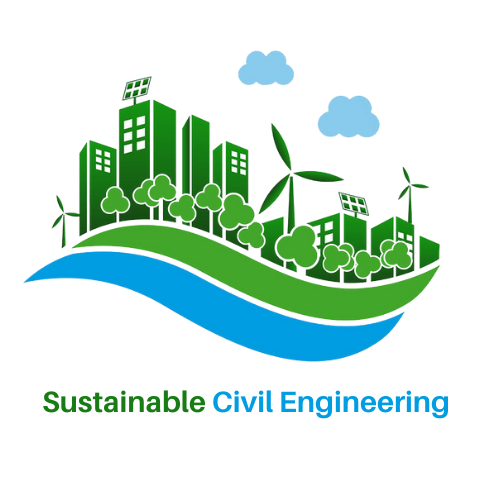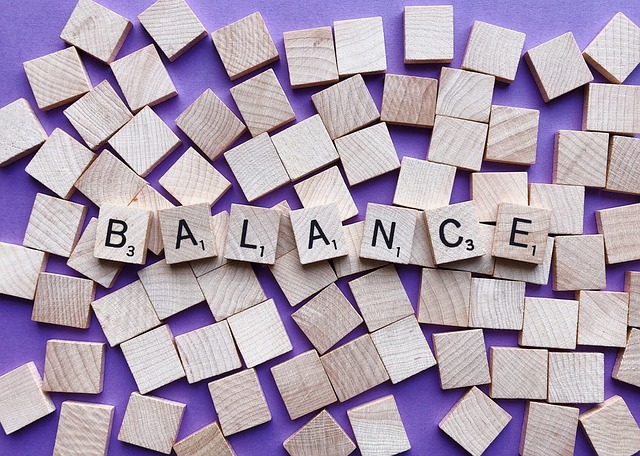Balancing Growth and Sustainability – A Project Case Study
I recently joined a committee that reviews new building projects based on their negative and positive impact on the community. When I joined, I was told that my background as a civil engineer would be instrumental. Even though I knew there would be controversial projects to review, I still thought the work would be straightforward, logical, and rather predictable, which is correct to a certain point. Construction projects typically have “predictable” lifecycles, but the feelings, politics, and social concerns related to the projects are anything but predictable. Also, the stakeholders bring a very personal viewpoint to the project work. In the past, I had mostly worked on larger projects, which entailed dealing with community stakeholders but at a distance. However, in a review committee, the expectations and sentiments of the people involved are front and center.
As a licensed civil engineer and a business and property owner, I appreciate a project’s “developer” side. Therefore, expecting to garner the most out of your investment is only logical. However, as a resident, community member, and advocate for sustainability, I appreciate people’s concerns regarding long-term community impacts, unbridled gentrification, and inequity. So, how can we best approach this situation? Like anything else, I approach it as a project, which is what it is anyway. However, greater focus than normal is needed regarding stakeholder management in this case.
In most professions, engineering being no exception, project managers place considerable importance on the triple constraints. Of course, this is expected since its nomenclature alone implies how crucial scope, schedule, and budget are. However, we also know that the bottom line cannot always be the sole priority, especially as we enter an era where sustainability takes center stage. Social equity, environmental protection, and economic viability are huge components of sustainability. Therefore, as I work through my project review tasks, I emphasize stakeholders’ expectations from both sides.
I am currently reviewing housing and commercial projects in San Francisco’s Mission District, a neighborhood sensitive to gentrification, decreased local ethnic populations, and the loss of long-standing local businesses. On the other side of the coin are people with an investment property, a need for more housing, affordable housing, and a City where life is too expensive. I am also participating in activities regarding slow streets and permanent road closures, which advocates tout as a healthier environment, but other groups of people, including the elderly and lower-income persons, are dependent on their cars for work; and having direct access to their vehicles at all times, and all over the City, is essential for them.
With so many diverging interests, expectations, and points of view, the urban changes occurring in San Francisco can seem daunting, but, with over two decades of experience in managing projects, I have learned that a detailed plan, clear and honest communication, and sound strategizing, are always the way to go. Therefore, my focus has been on stakeholder management, which requires patience, empathy, and resolution. Even though it is not feasible for every stakeholder to get exactly what s/he wants, exercising active listening, allowing stakeholders to participate in the solution, and finding best practices for collaboration go a long way.
When I speak with stakeholders, I always ask what their ultimate goals are, what is negotiable and non-negotiable, and then try to figure out what incentives we can develop. What is the “middle” point where we can meet? What can we all agree on? And when we all look back on this in a few years, what will make us glad we accomplished? And what did we feel our communities and future generations needed? Of course, it is next to impossible to make everyone happy 100% of the time, but it is feasible to get everyone to find common ground that ultimately works for the community.

